
टोकनाइजेशन आपकी ऑनलाइन खरीद में कैसे परिवर्तन लाएगा
21 नवम्बर 2022

Table of Content
Making digital payments and paying for your online purchases will be very different from what you have done up until now. This is because, according to the Reserve Bank of India (RBI) standards, no online platform or payment gateway will be able to save credit card information in its entirety from October 1. This is what card tokenization is. Other aspects of online transactions via cards will stay the same and you will use your credit or debit card to pay for your purchases. So, what will change, indeed? What is tokenization in effect? Continue reading to learn more.
What is Tokenization of Cards?
To make an online purchase, you typically provide the e-commerce platform with access to your credit card or debit card details: card number, CVV, valid thru date and name. Now, this is incredibly sensitive data which is being stored on the platform, it is vulnerable to data loss or leakage.
The Reserve Bank of India has been urging cardholders to undertake tokenization of cards to increase the security of card transactions. Tokenizing credit and debit cards aim to reduce the number of places where your card information might be found.
It uses a code known as a "token" to substitute the credit and debit card information into highly randomized and encrypted data. The aim behind card tokenization is to use tokens with randomized numbers and alphabets to conceal card numbers and secure critical consumer data.
What is Digital Token Used For?
The term to bear in mind is “tokenization” which is the process of giving each payment method a special token that is specific to that online entity. Tokenization will use a special alternate card number, or "token," in place of sensitive payment credentials such as 16-digit plastic card numbers, names, expiration dates and codes by the new RBI regulation. For example, the result of this conversion for your BoB credit card will be something like “9U4fhwnzj803da1w” for your 16-digit card number.
In effect, online retailers like Amazon, Flipkart, Paytm, and Myntra won't be allowed to keep your card information as they have in the past. This is because the token is forwarded to the retailer (Amazon, Myntra and the like) by the card network (RuPay, Visa, MasterCard, American Express), which tags it with your actual card information.
The retailer then transmits this token to the card network whenever a payment is required and verifies the transaction by comparing it to the saved information. This process is known as the tokenization of card transactions. Other sites can facilitate transactions using tokens, adding an additional layer of protection without disclosing your private information.
Who Can Offer Tokenization Services?
Only the authorized card network can offer tokenization and only that network should be able to recover the original Primary Account Number (PAN). Through any e-commerce platform or merchant website, domestic plastic card users can generate tokens for their credit and debit cards free of charge, which will tokenize their card transactions. In this case, instead of your sensitive card information, a token will be created and saved.
Benefits of Tokenization
Before you shop online, consider the following benefits of card tokenization:
- Customers are not charged for the tokenization of cards, and they are free to use any authorized card to complete transactions.
- Every cardholder should consider mobile tokenization if they are concerned about the danger of fraud. Card tokenization will boost card security by making each card individually identifiable to each merchant.
- With tokenization, any card data will only be accessible to and stored by card networks and banks that issue them.
- On any device including tablets, mobile phones, laptops and wearables (wristwatches, bands) etc. consumers can choose to tokenize payment.
How are the Tokenized Transactions Processed?
Tokenized transactions are processed in the following way:
- A customer visits an e-commerce or merchant's website to make any purchases or to start a transaction.
- The option "secure your card as per RBI rules" is selected by the consumer to securely generate a token and have it stored by RBI guidelines.
- The customer will receive a one-time password (OTP) to complete the purchase.
- The card data are supplied for token generation and transaction authorization once the OTP has been put on the bank page.
- Returning the generated token to the retailer, who then saves it against the customer identity information.
How Will Tokenization Prevent Online Fraud?
For tokenization to function, a credit card's or debit card's 16-digit account number or other sensitive payment information must be replaced with a "token" or stand-in. The vendor never sees the actual credit card number since the confidential data is carefully stored in an encrypted database.
The PAN is not sent during the transaction when using tokenized payments, increasing the security of the transaction. This is tokenization's primary security benefit.
How Does Tokenization Differ from Encryption?
As the name implies, card tokenization consists of converting meaningful data into tokens, which are random strings of characters. On the other hand, through the use of mathematical techniques, encryption converts sensitive or plain-text data into incomprehensible encrypted data known as “ciphertext.”
Tokenization, however, makes it impossible to determine what data a token represents without access to the databases of the token's actual issuer.
Key Takeaway
Since the real card information is not given to and held by the retailers to complete the transaction, a secure and tokenized card transaction is safer. This eliminates the headache of repeatedly entering your whole card information by using security and tokenization.
Go to your nearest Bank of Baroda branch or visit BOB Financial to apply for a Bank of Baroda credit card or to learn more about the tokenization of cards.
Popular Articles
Related Articles
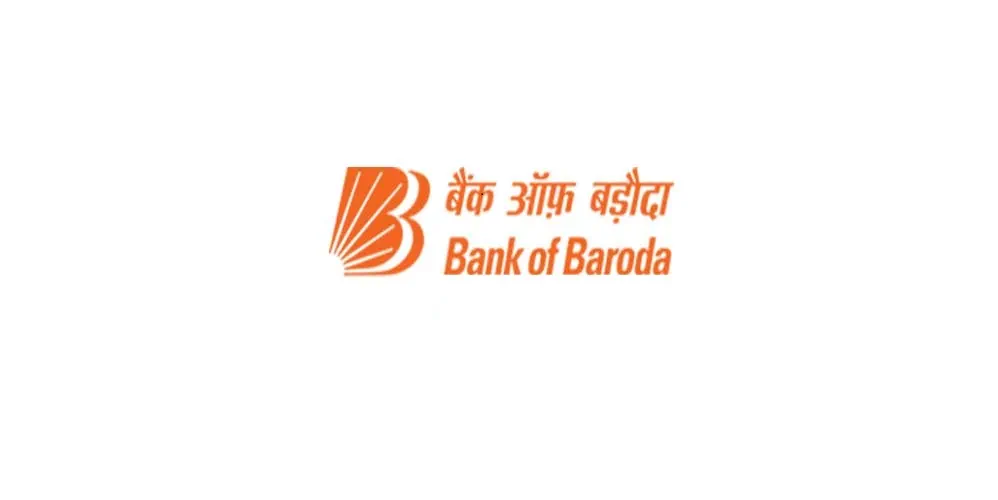

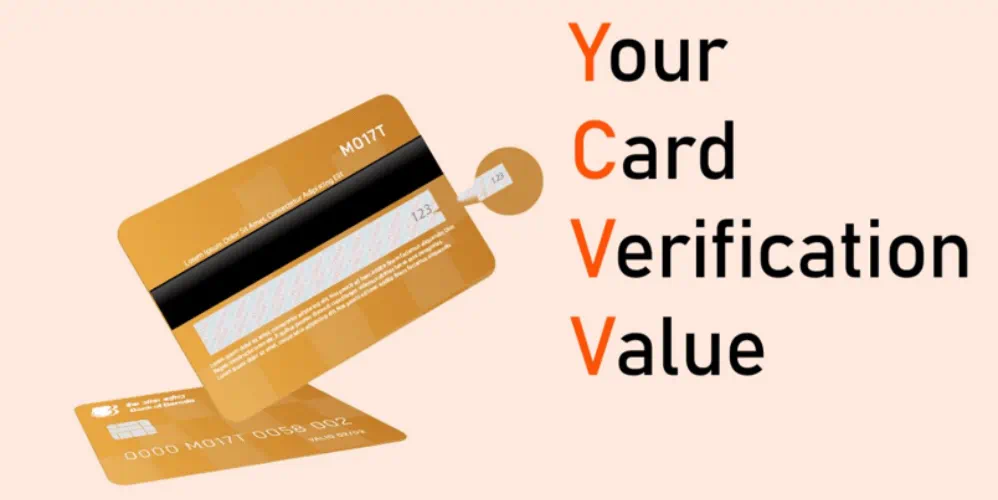
What is CVV on a Debit Card? Understanding Its Importance and Security Features
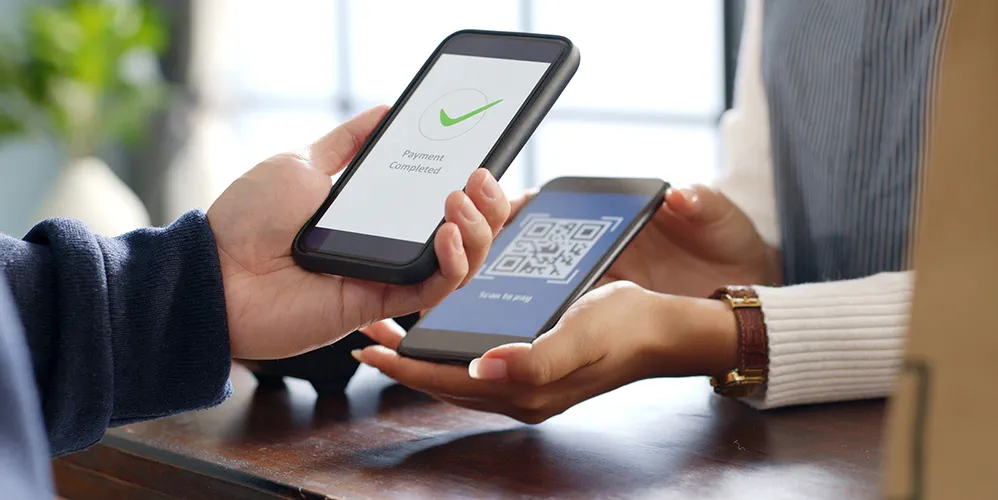

How to Update Your FASTag KYC: Step-by-Step Guide for Online & Offline Methods

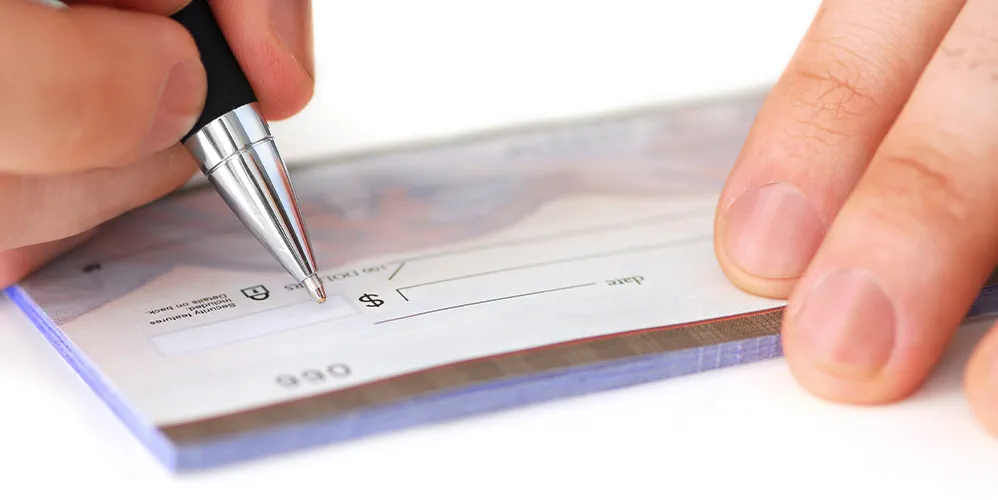
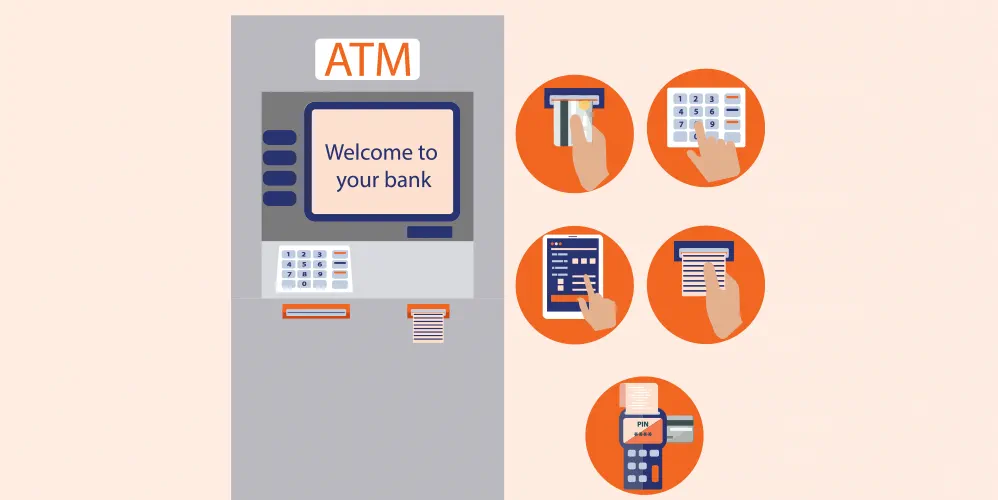

The Importance of Pension Funds: Secure Your Future with Steady Retirement Income

-
डिस्क्लेमर
इस लेख/इन्फोग्राफिक/चित्र/वीडियो की सामग्री का उद्देश्य केवल सूचना से है और जरूरी नहीं कि यह बैंक ऑफ बड़ौदा के विचारों को प्रतिबिंबित करे। सामग्री प्रकृति में सामान्य हैं और यह केवल सूचना मात्र है। यह आपकी विशेष परिस्थितियों में विशिष्ट सलाह का विकल्प नहीं होगा । बैंक ऑफ बड़ौदा और/या इसके सहयोगी और इसकी सहायक कंपनियां सटीकता के संबंध में कोई प्रतिनिधित्व नहीं करती हैं; यहां निहित या अन्यथा प्रदान की गई किसी भी जानकारी की पूर्णता या विश्वसनीयता और इसके द्वारा उसी के संबंध में किसी भी दायित्व को अस्वीकार करें। जानकारी अद्यतन, पूर्णता, संशोधन, सत्यापन और संशोधन के अधीन है और यह भौतिक रूप से बदल सकती है। इसकी सूचना किसी भी क्षेत्राधिकार में किसी भी व्यक्ति द्वारा वितरण या उपयोग के लिए अभिप्रेत नहीं है, जहां ऐसा वितरण या उपयोग कानून या विनियमन के विपरीत होगा या बैंक ऑफ बड़ौदा या उसके सहयोगियों को किसी भी लाइसेंसिंग या पंजीकरण आवश्यकताओं के अधीन करेगा । उल्लिखित सामग्री और सूचना के आधार पर किसी भी वित्तीय निर्णय लेने के लिए पाठक द्वारा किए गए किसी भी प्रत्यक्ष/अप्रत्यक्ष नुकसान या देयता के लिए बैंक ऑफ बड़ौदा जिम्मेदार नहीं होगा । कोई भी वित्तीय निर्णय लेने से पहले अपने वित्तीय सलाहकार से सलाह जरूर लें।
यूपीआई तरीका: एटीएम पर कार्डलेस कैश निकासी
अप्रैल 2022 में, भारतीय रिजर्व बैंक (RBI) ने देश को एकीकृत भुगतान इंटरफेस (UPI) के तहत लाने वाले ATM पर कार्डलेस कैश निकासी की घोषणा की। इस कदम ने स्मार्टफोन से कार्डलेस कैश निकासी की अनुमति दी है, जिससे उपयोगकर्ताओं को नकदी से निपटने के बिना भुगतान करने और लेनदेन करने की आजादी मिली है। भारतीय बैंकों ने 1990 के दशक की शुरुआत में इंटरनेट बैंकिंग के माध्यम से नई तकनीक पर स्विच किया और खुद को फिर से स्थापित किया। इंटरनेट बैंकिंग की लोकप्रियता के साथ, बैंकिंग ऐप विकसित किए गए जो कार्डलेस कैश निकासी और अंतरण को आसान बनाते हैं। COVID-19 महामारी के दौरान UPI लेनदेन फला-फूला और कैशलेस दुनिया में प्रवेश का द्वार खोल दिया। यूपीआई नकद निकासी डिजिटल भुगतान को रोजमर्रा की जिंदगी का इतना हिस्सा बना रही है कि रखे जाने वाले वॉलेट्स विलुप्त हो रहे हैं। व्यवहार की तत्परता, विशेष रूप से आरबीआई द्वारा यूपीआई लेनदेन को वैध बनाने के साथ, अपने स्मार्टफोन के माध्यम से इसे स्वीकार करने की अनुमति दी गई है।
भारतीय रिजर्व बैंक ऑफ इंडिया द्वारा डिजिटल ऋण पर जारी नए दिशानिर्देश
डिजिटल ऋण के क्षेत्र में बड़े पैमाने पर हो रहे कदाचार के कारण, भारतीय रिजर्व बैंक ने डिजिटल ऋणों को सीधे उधारकर्ता के बैंक खाते में जमा करना अनिवार्य कर दिया है। तृतीय-पक्ष समावेशन स्वीकार्य नहीं होगा। इस मानदंड के साथ, RBI के नियम सुझाव देते हैं कि ऋण सेवा प्रदाताओं (LPS) को शुल्क का भुगतान डिजिटल ऋण देने वाली संस्थाओं द्वारा किया जाना चाहिए, न कि उधारकर्ताओं द्वारा।

